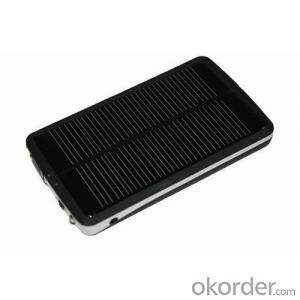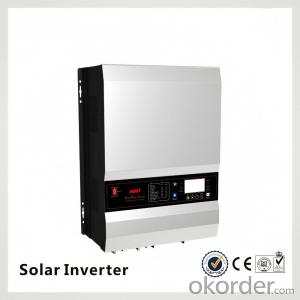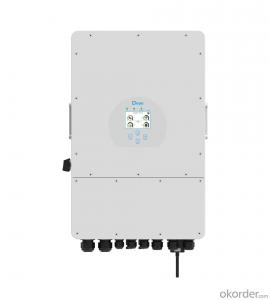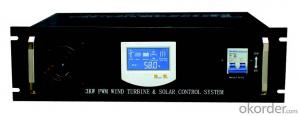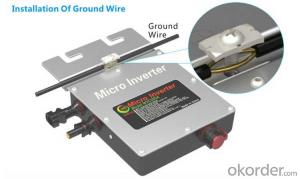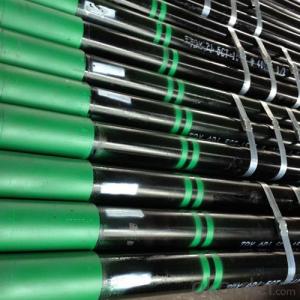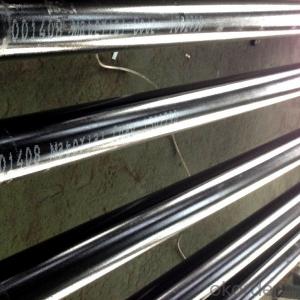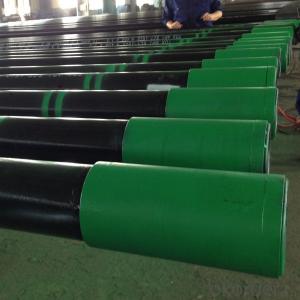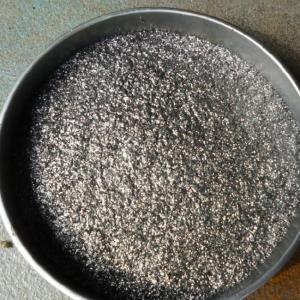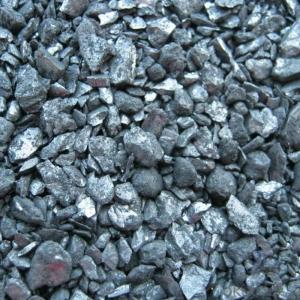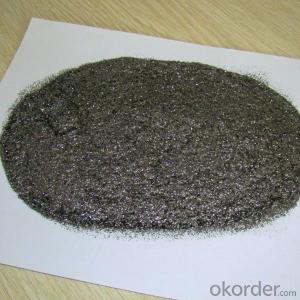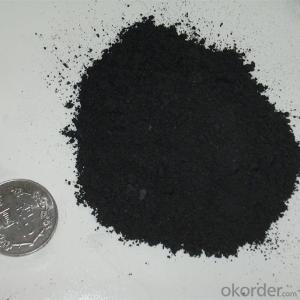Top 10 Hybrid Solar Inverter
Top 10 Hybrid Solar Inverter Related Searches
Top 10 Solar Hybrid Inverter Best Hybrid Solar Inverter Best Solar Hybrid Inverter Hybrid Solar Inverter Best Hybrid Solar Inverter Uk Buy Hybrid Solar Inverter Hybrid Solar Power Inverter Solar Inverter Hybrid 10kw Hybrid Solar Inverter Solar Hybrid Inverter Best Solar Inverter Best Solar Power Inverter 10 Kw Hybrid Solar Inverter 10kw Solar Hybrid Inverter Inverter Solar Hybrid Hybrid Solar Inverter 10kw Best Inverter Solar The Best Solar Inverter Top Solar Inverter Solar Inverter Hybrid 10kw Best 10kw Solar Inverter 10 Kva Hybrid Solar Inverter Top 10 Off Grid Solar Inverter 10kva Solar Hybrid Inverter Hybrid Inverter Solar Best Solar Battery Inverter Solar System Hybrid Inverter Inverter Hybrid Solar Smart Hybrid Solar Inverter Best Solar Inverter For HomeTop 10 Hybrid Solar Inverter Supplier & Manufacturer from China
Top 10 Hybrid Solar Inverters are cutting-edge products that combine the benefits of both grid-tied and off-grid solar systems, offering a versatile energy solution for various applications. These inverters are designed to optimize energy production and storage, ensuring a reliable power supply for homes and businesses. They are particularly useful in areas where grid power is unstable or unavailable, providing a seamless transition between solar power and grid power.The hybrid solar inverters are widely used in residential and commercial settings, where they can help reduce energy costs and increase self-sufficiency. They are also commonly employed in remote locations or off-grid applications, such as solar-powered streetlights, telecom towers, and rural electrification projects. These versatile inverters can be integrated with battery storage systems, allowing for energy to be stored and used when the sun isn't shining, ensuring a consistent power supply.
Okorder.com is a leading wholesale supplier of Top 10 Hybrid Solar Inverters, boasting a large inventory of high-quality products from reputable manufacturers. With a commitment to customer satisfaction and a focus on providing reliable, efficient energy solutions, Okorder.com is the go-to source for those seeking to invest in hybrid solar inverters. Their extensive range ensures that customers can find the perfect inverter to suit their specific needs, whether for a small residential setup or a large-scale commercial project.
Hot Products

















